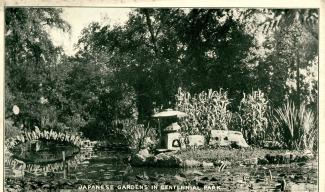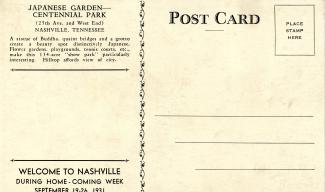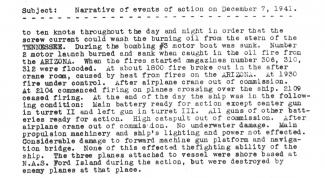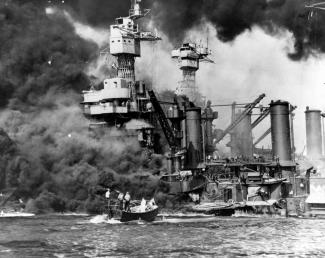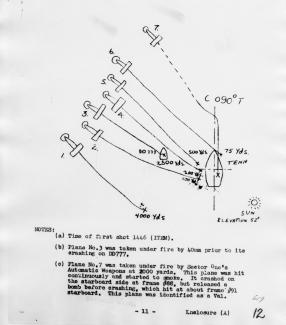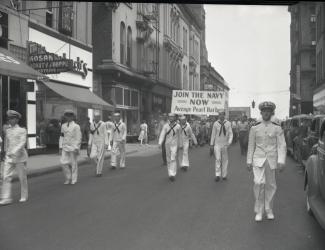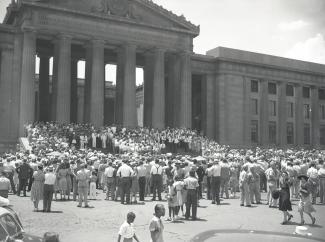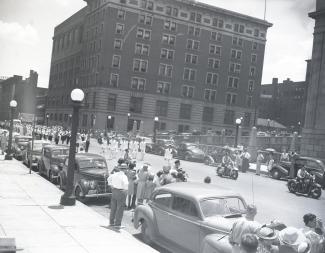
We see Japanese culture all around us. It’s not unusual to see Japanese restaurants, Japanese cameras, Japanese consumer electronics, there’s even a Japanese cultural center in Smyrna.
Yet there was a time all this would have been impossible. There was a time when these gardens were quietly removed. There was a time when the world stepped into darkness.
“I was playing in the pineapple filed when they came over. They came in waves, so low that I could see the red circles on the wings of their planes.”
The Nashville senior citizen relating this to me was around 10 years old then. His family were missionaries on Oahu when Neil saw those planes. A 10-year-old witnessed the event that forever altered world history.
At 7:48 a.m. on Sunday, December 7th, 1941 Imperial Japanese Navy aircraft attacked the US Naval base at Pearl Harbor Hawaii. By that Sunday afternoon, Nashvillians heard the news. Images of burning, sunken battleships were front page in the Nashville Banner and Tennessean newspapers.
Our namesake, the USS Tennessee was hit by several bombs that nearly sank her. The attack continued for two hours, waves of Japanese fighters, bombers and torpedo planes flying nearly unchallenged in the skies around Hawaii. The proud “battleship row” of Ford Island was the target and most of the fleet was either badly damaged or sunk in the waters of Pearl Harbor.
The Tennessee was moored next to the West Virginia and behind the Arizona. To give an insight on that day, the Captain states that the Tennessee had to keep her propellers turning all day to keep the oil fires from engulfing his ship.
Reordan wrote that they tried to get the Tennessee underway, but the sunken West Virginia had jammed her hard against the quay. Eventually, the entire mooring had to be destroyed to free the ship.
The next day, December 8th, the United States declared war on Imperial Japan and December 11th, on Nazi Germany. In four days’, time, Nashvillians found themselves giving up their young men and women to another world war.
In June 1942, an “Avenge Pearl Harbor” day in Nashville featured a US Navy recruiting drive with a full parade down 7th Avenue.
World War II was the greatest human effort in history. Those who lived through those times are in a rapidly collapsing window of time. Their story needs to be told, their defeats, their sacrifices and their victories need to be remembered.





